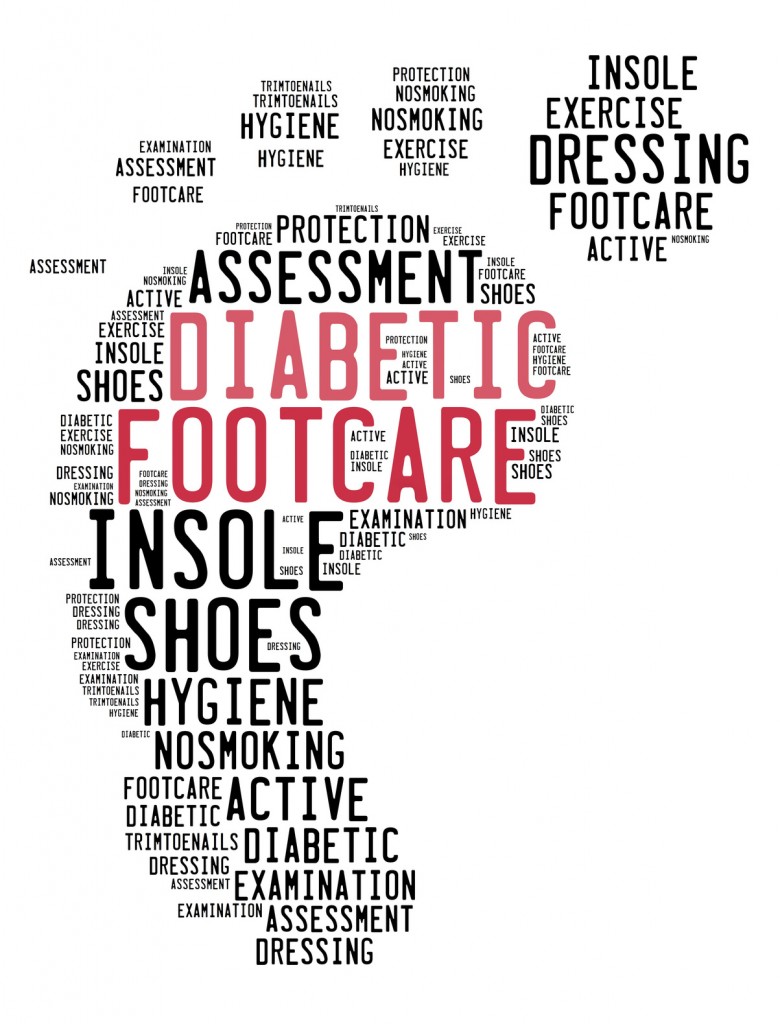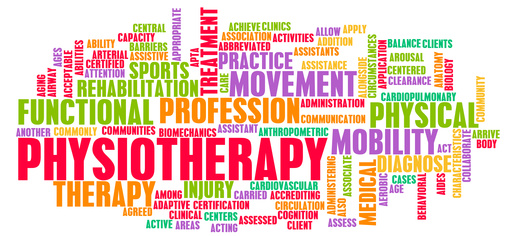Even if you haven’t seen it, most of us familiar with the classic “Who’s on first” comedy sketch from Abbott and Costello. In the sketch, the two banter back and forth for almost 8 minutes about the roster of an imaginary baseball team. The only problem is that neither of them seems to be having the same conversation with the other, and hilarity ensues.
Not nearly as funny, similar circumstances may happen in our Oakville Physiotherapy clinic every day. This is where occasionally the clinicians (Oakville Physios, RMTs, Yoga Therapists, and Chiropodist), and our clients are on the surface talking about the same thing, but using different language to get there.
A classic example:
Therapist: “You’ve sprained a ligament in your ankle”
Patient: “Oh good so I didn’t tear anything”
Sort of. It turns out we are saying the same thing but in different ways.
In Physio language, a sprain is a tear but with a less threatening tone. In this case, a sprain involves some degree of tearing of a ligament, but does not necessarily mean it has been ripped in half (which is how I interpret the word ‘tear’. Hopefully this basic glossary helps you to better understand what we are saying; although, as always, we encourage you to ask questions!
Ligament: Structure connecting bone-to-bone. Pratially responsible for for the stability of a joint.
Tendon: Structure connecting muscle-to-bone. Responsible for transmitting force from the muscle to the bone and therefore a common site of injury.
Bursa: A fluid-filled sac that helps minimize friction between different parts of the body. Common site of inflammation
Sprain: Tearing of a ligament of some degree. Ranges from slight fraying all the way to complete rupture.
Strain: Tearing a tendon or muscle. Ranges just like a sprain
Numbness/paresthesia: Altered sensation, often described as tingly or heavy. Though the symptom varies between individuals, it should not be confused with anesthesia or the absence of sensation.
Sciatica: A general term referring to symptoms arising from the sciatic nerve. This nerve runs out the low back and down the back of the leg into the lower leg and foot. It is often used as a catch-all term for ANY leg pain. However, several other type of back pain can lead to pain in the leg that doesn’t meet the definition of sciatica.
Referred pain: If you’ve ever taken a first aid class, you know that heart attacks can often lead to pain or numbness down the left arm – even though the left arm is fine. This is referred pain. Essentially it is a confusion in the interpretation of signals by the brain. Referred pain in our setting is usually caused by some sort of spinal issue and felt in either the arms or legs. It can often be confused with sciatica.
Radicular pain/radiculopathy: Pain caused by irritation of a nerve root and felt through its distribution. Sciatica is a symptom of Sciatic Nerve Radiculopathy
‘itis’ : This is a suffix that refers to inflammation, or an inflammatory process. Tendonitis, fasciitis, bursitis. In all cases, it implies the tissue named is inflamed. Unfortunately, this suffix gets abused and applied to situations where the inflammatory process has long since ended, such as in chronic situations. This is one reason why anti-inflammatory medication doesn’t work for all types of pain.
‘osis’: This suffix applies to a chronic process. How we manage an osis is very different from an itis. In reality, most of what we see in clinic falls into this category as opposed to the previous one
Inflammation: The first stage of the healing process. It is often used as a negative word or implies a process which should not be happening. Without inflammation, we could never heal. It becomes a problem when it goes on too long, or doesn’t lead into the next stages of healing. As Physiotherapists, our job is to ensure you proceed into the next stages of healing. In most cases, inflammation should last anywhere from 48 hours to one week depending on the degree of injury and your body’s immune system.
Don’t let these terms make your head spin.
During your interaction with a health care professional such as our Oakville Physiotherapists, Massage Therapists, Chiropodist, and Yoga Therapist it is important to have an understanding during communication. If you’re ever unsure of what is being discussed ask us to re-word it, explain in a different way, or clarify.




